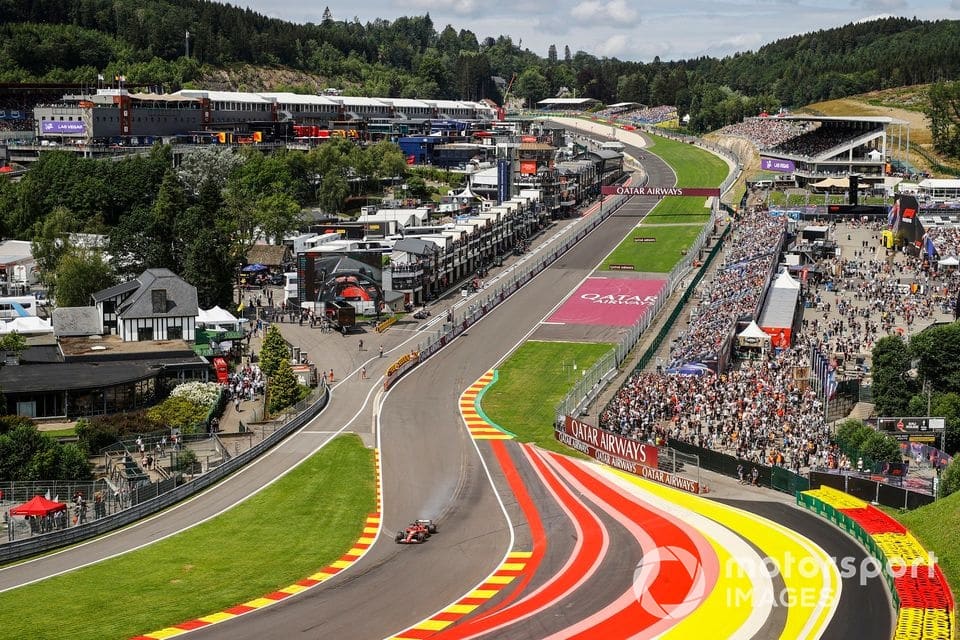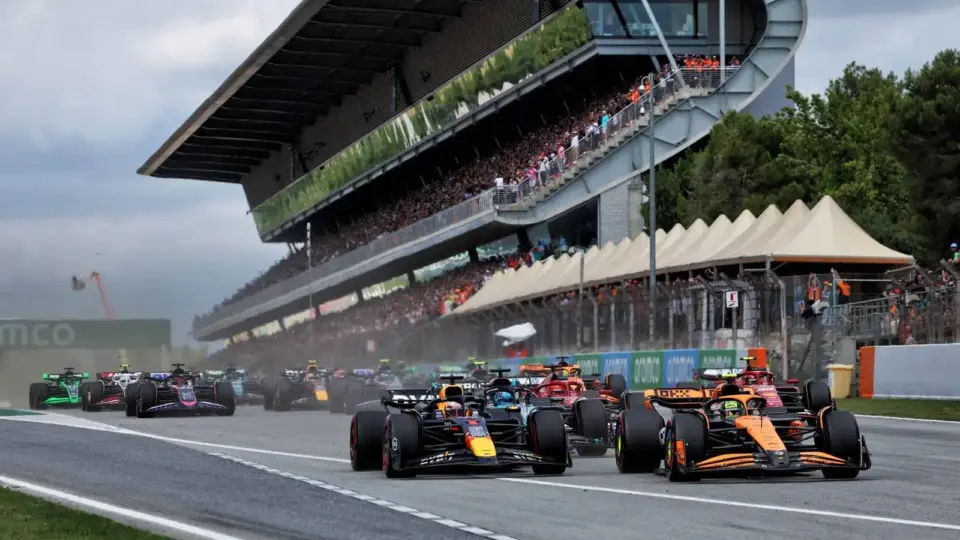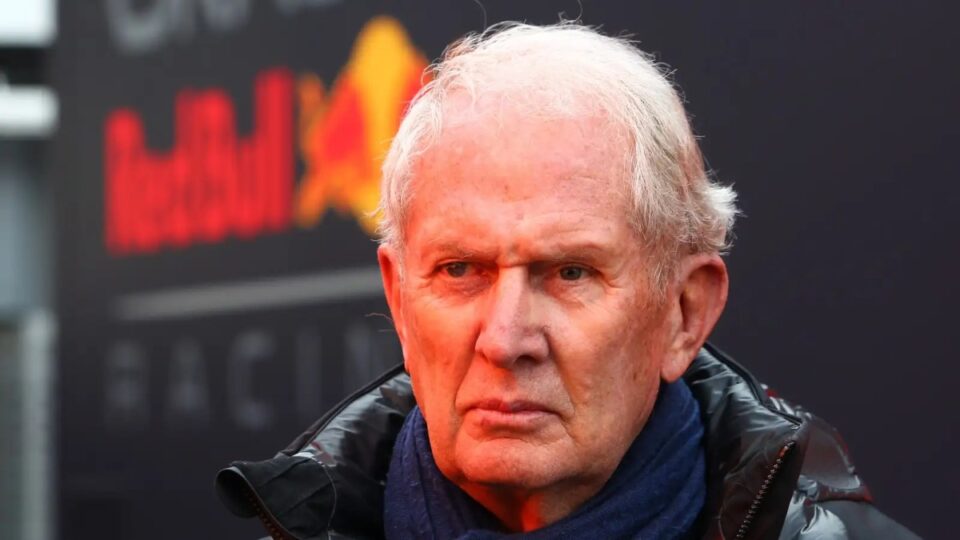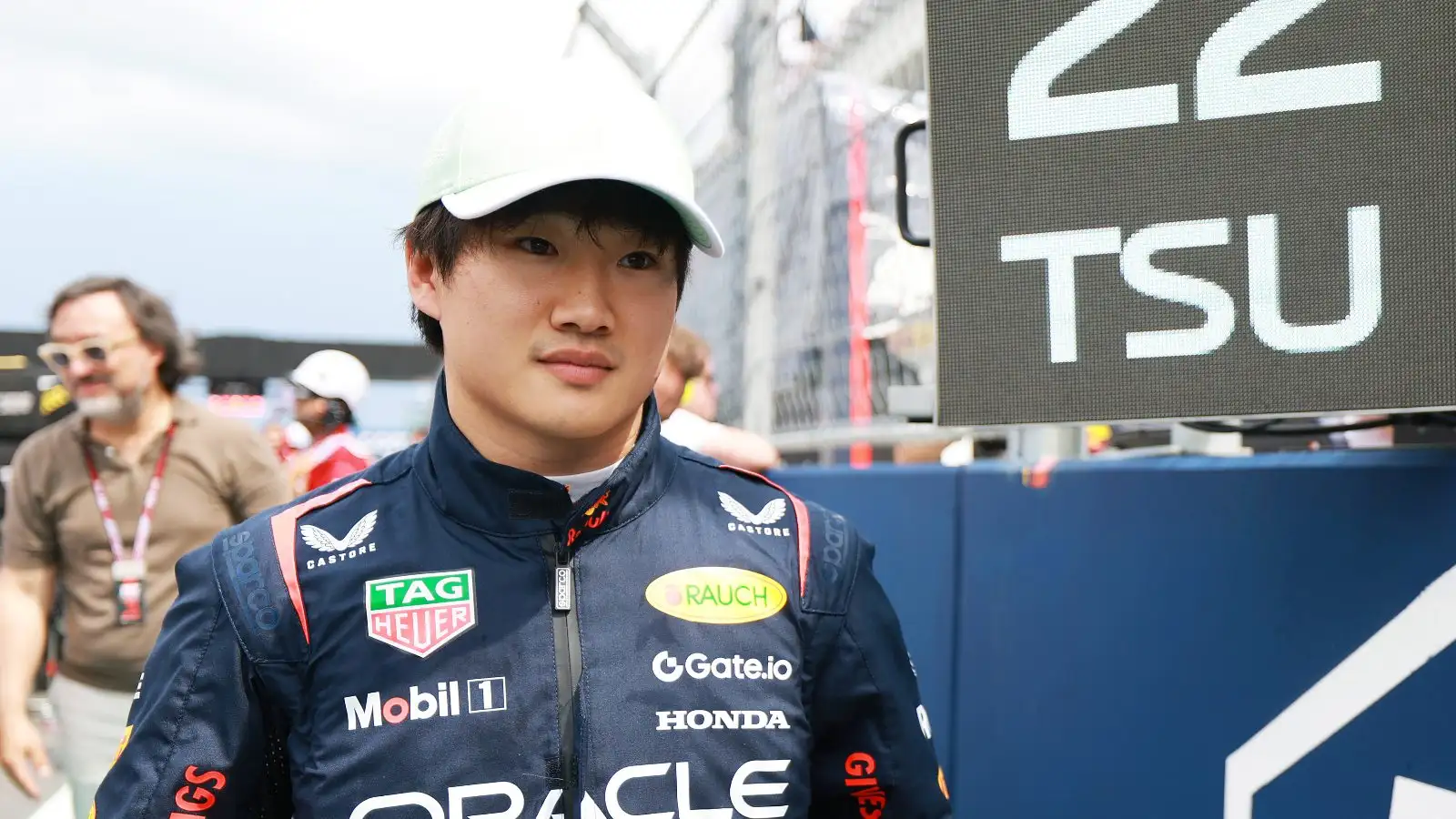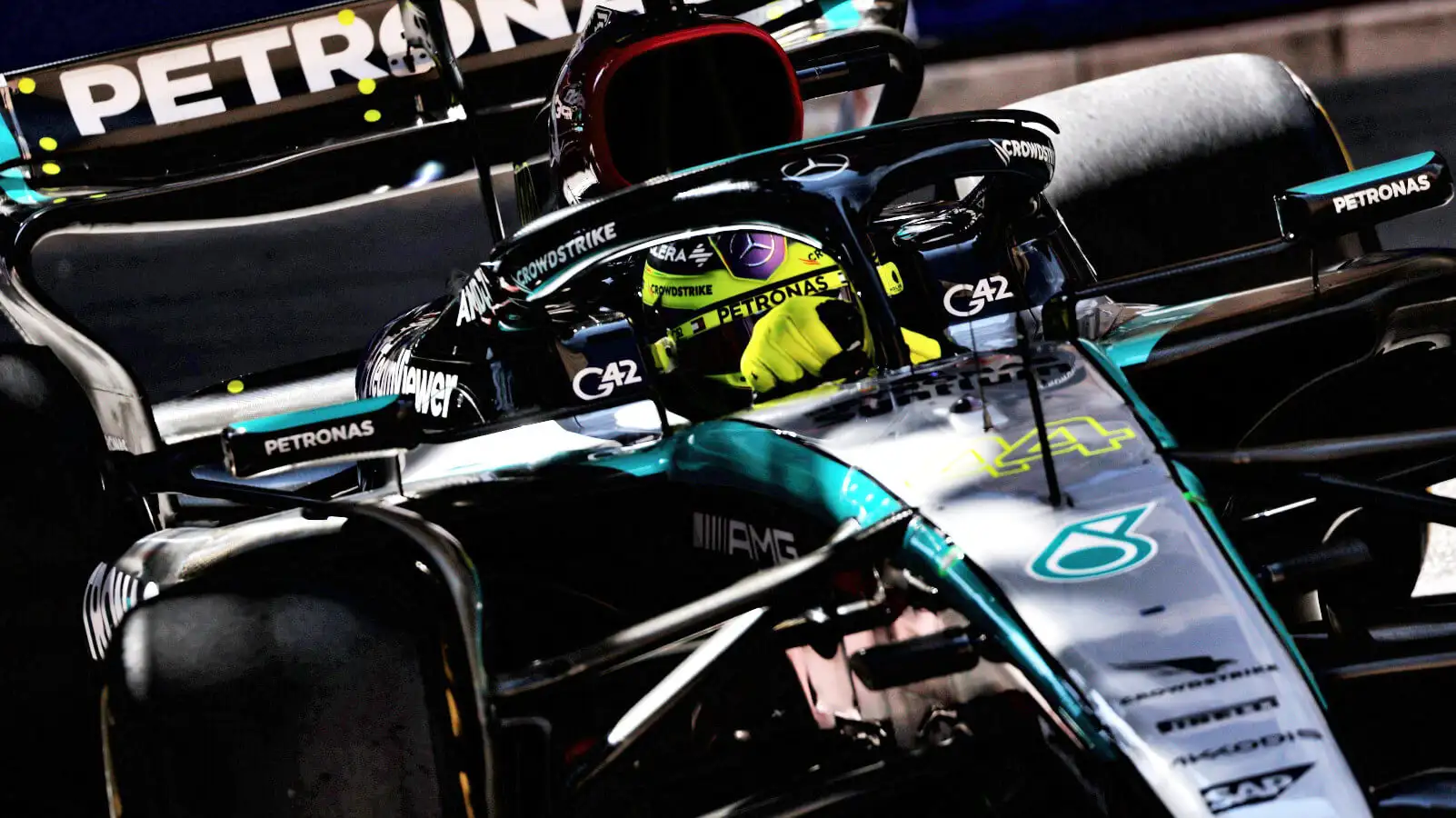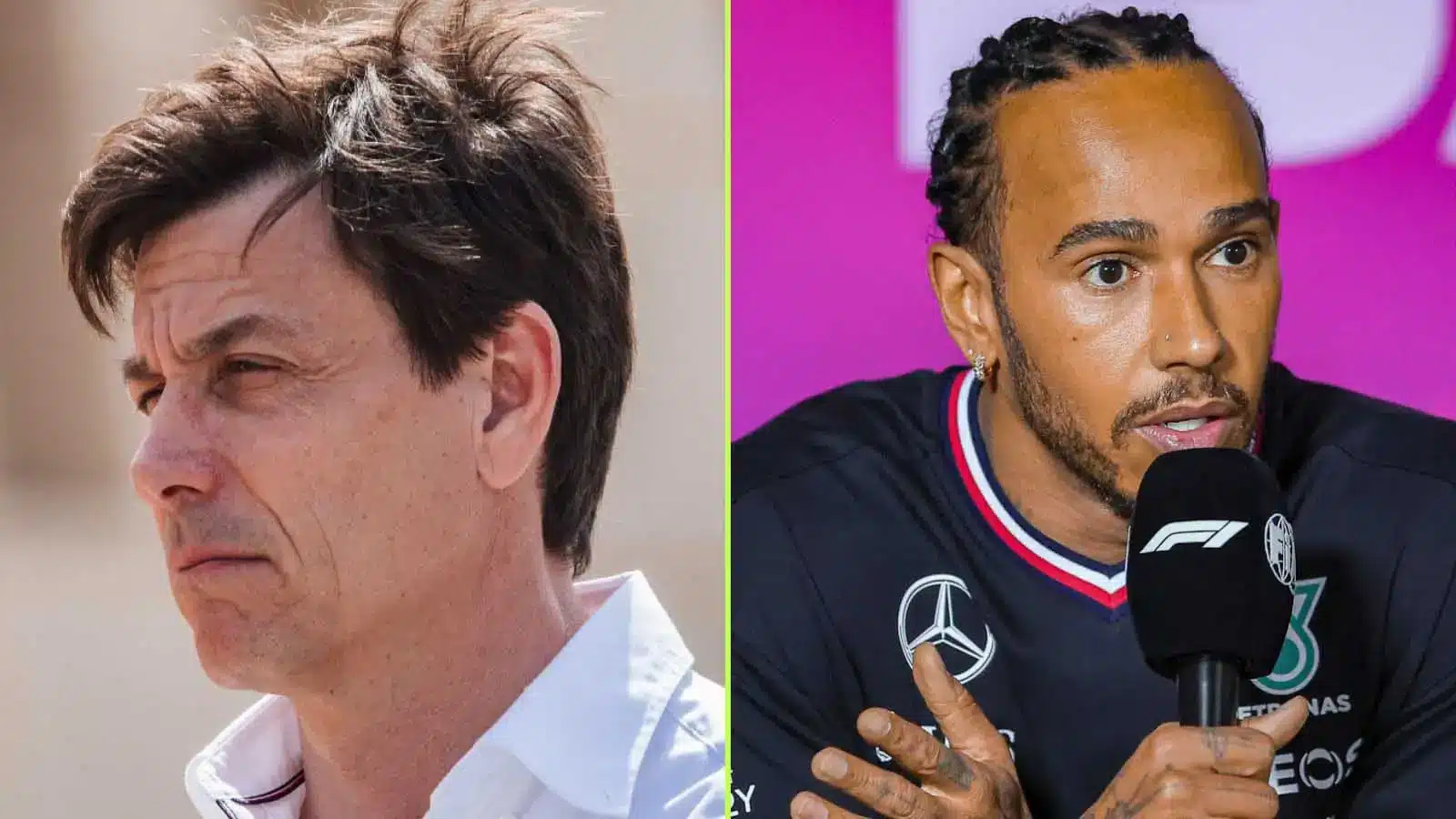Work on the Spa-Francorchamps circuit has thrown a wrench into F1 teams’ plans as they gear up for the Belgian Grand Prix.
Last month, 3.5km of the Spa track was resurfaced to improve safety, providing a higher grip surface while eliminating bumps from older sections. However, this partial resurfacing has created a tricky situation.
The newly paved sections offer a Jekyll-and-Hyde experience: some parts are smooth with high grip, while others remain abrasive. This mix has changed how cars and tires perform across different sections of the track, as Mercedes driver George Russell elaborated, “You have got three quarters of the track which is probably the smoothest of the season, and the other quarter is the most abrasive of the season.”
He added, “You are in two totally different windows, and that combination of the two is what has caused a lot of damage to the tires. It is the same for everyone, but I don’t think anyone expected this sort of degradation.”
Pirelli’s head of F1 and car racing Mario Isola noted that data collected from the initial runs confirmed an increase in tire wear, saying, “It is smoother if you look at the roughness, but it is generating more grip.”
This new grip is causing more stress on the tires, leading to overheating and graining, especially on the front left. The end result is that the race strategy flips from a marginal one-stop to a nailed-on two-stop, with even a three-stop now being considered.
Isola explained, “Last year, it was a two-stop race for the majority, using the medium and the soft. This year, I believe that the one-stop requires too much management. So basically, it’s not an option.”
This has sparked further strategic debates among teams. With rain affecting the track’s condition and overtaking being relatively straightforward at Spa, some teams might gamble with an aggressive three-stop strategy.
“The three-stop should be slightly slower, but we know that here it is possible to overtake,” Isola mentioned. Depending on the degradation levels, this approach could be feasible if teams want to push more aggressively with shorter stints.
As teams prepare to navigate the complexities of the new Spa surface, it’s clear that the Belgian Grand Prix promises to be anything but predictable. Whether opting for two stops or banking on a rare three-stop strategy, all eyes will be on how teams manage this unique tire challenge.
